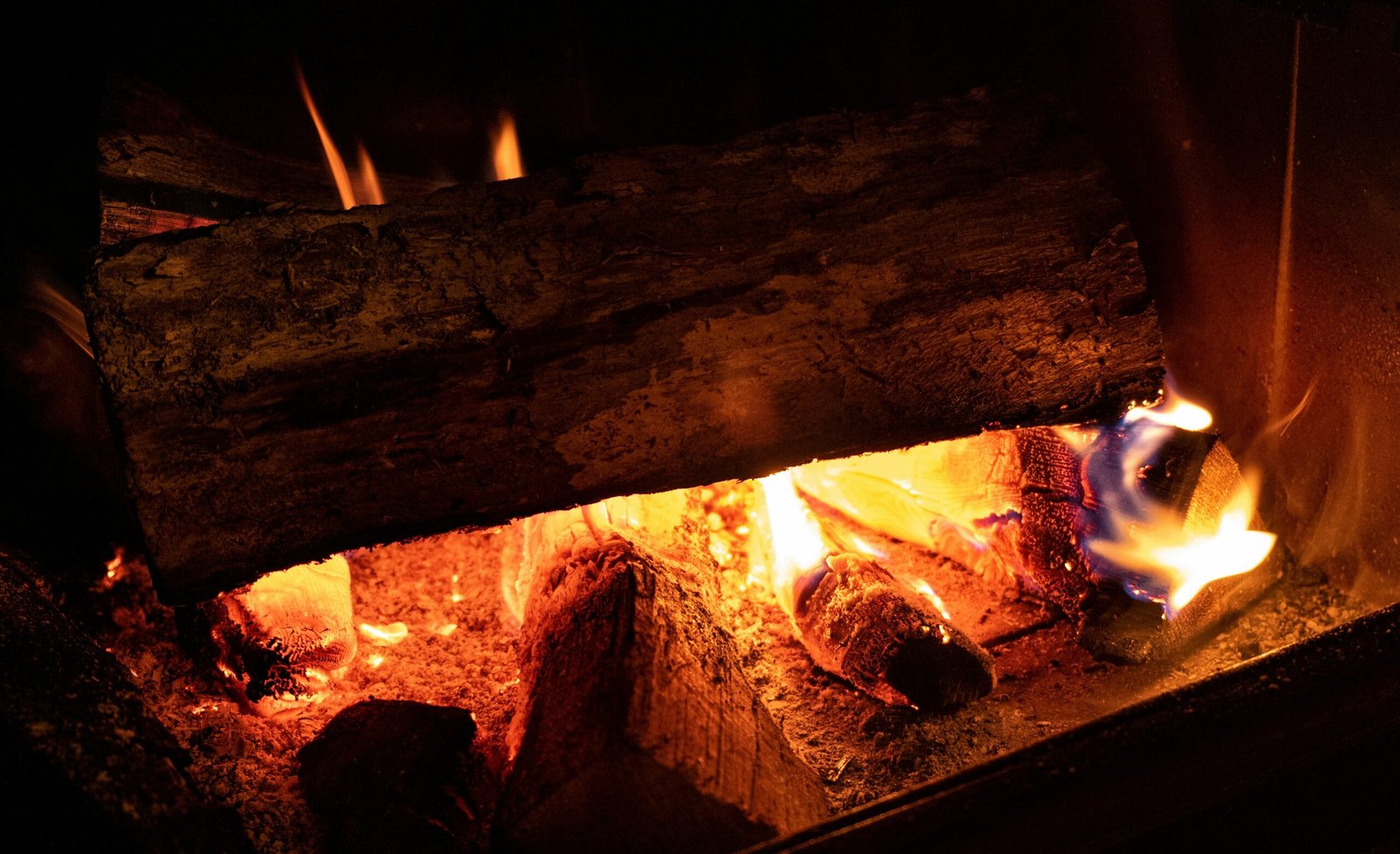Lifetime Investment
Stoves are crafted from heavy-gauge steel and firebrick, designed to withstand decades of daily use.
Heat More, Burn Less
Advanced secondary combustion technology extracts maximum heat from every log.
Overnight Burns
Airtight design and precision dampers give you 8-12 hour burn times, eliminating those cold morning restarts.
Best Sellers
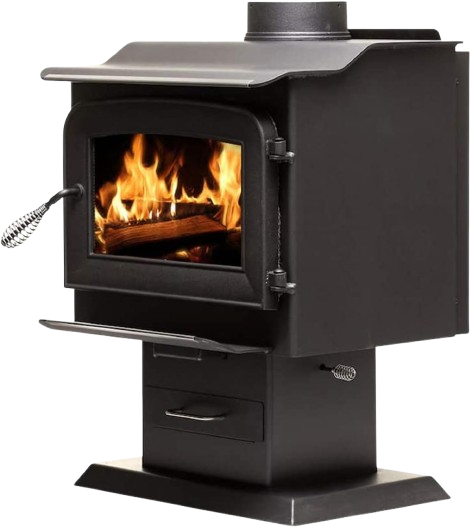
Pedestal Wood Burning Stove
Firebrick lining ensures durability and efficient combustion, while the large ash pan with a brushed nickel handle allows for easy cleanup.
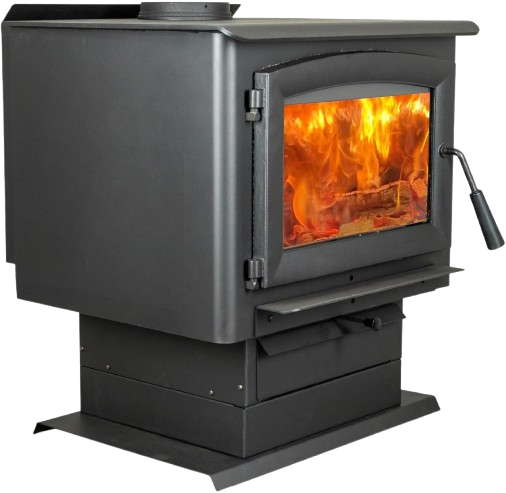
Pedestal Wood Burning Stove
A brushed nickel spring door handle paired with a pedestal base offers a refined design that brings a stylish and polished look to any room.
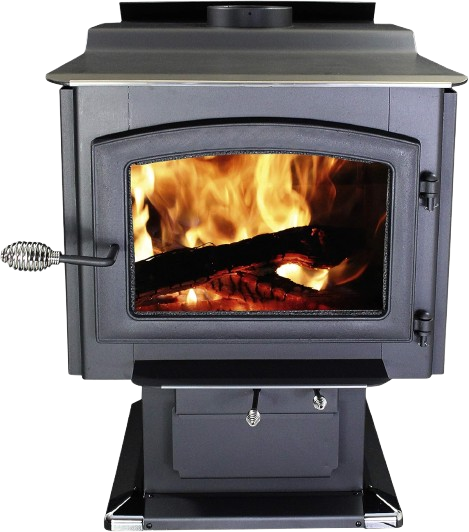
Pedestal Wood Burning Stove with Blower
Accepts logs from 18″ to 22″ in length, holds up to 30 lbs of wood, and comes with an adjustable high-speed 100 CFM blower for even heat.
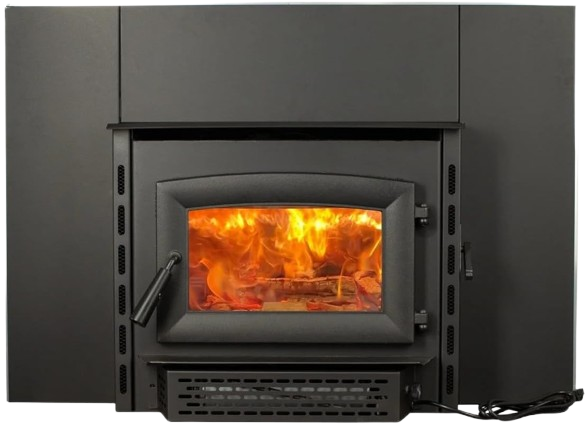
Wood Stove Insert
Cast iron feed door featuring a large 16.5″ x 9″ ceramic glass window, built with heavy 3/16″ reinforced plate steel and firebrick lining.
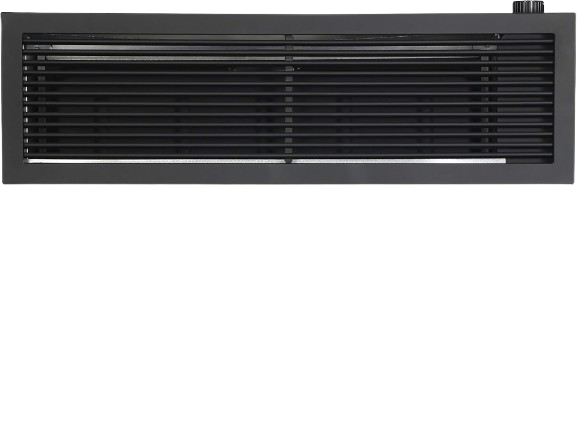
Direct Vent Natural Gas Heater
Designed for use with natural gas, this sealed burn system is safe and well-suited for bedrooms and living spaces.
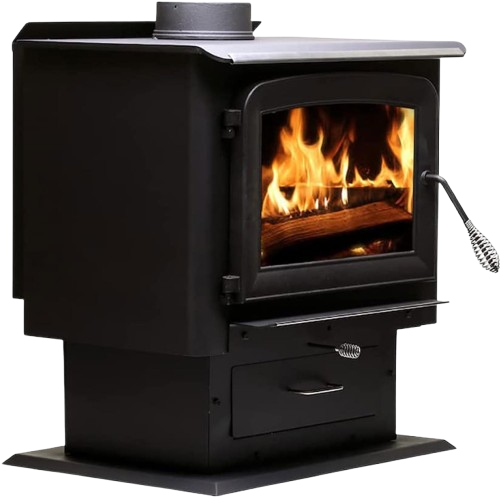
Pedestal Wood Burning Stove
A spring door handle in brushed nickel, mounted on a pedestal base, adds a sleek and sophisticated touch to any room.
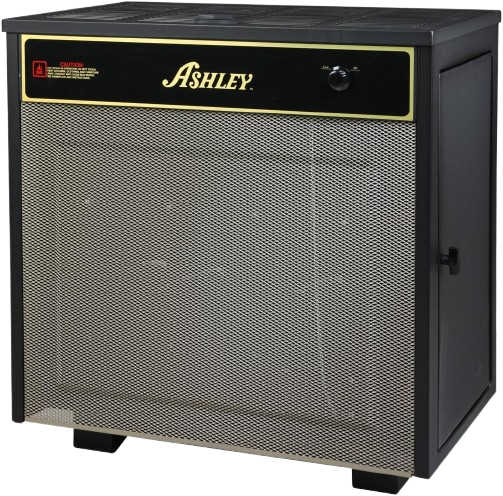
Automatic Coal Circulator Heater
Heavy-duty cast iron grates with shakers provide greater durability, longer service life, and more efficient combustion.
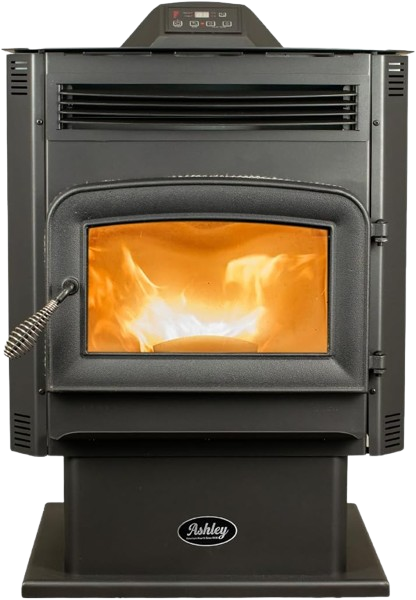
Pedestal Pellet Stove HOPPER
Features easy-to-use top-mounted digital controls and a convenient remote control for effortless operation and quick adjustments.
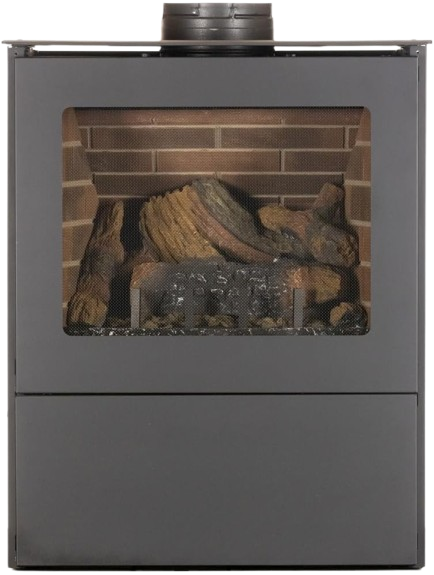
Pedestal Direct Vent Gas Stove
Made of durable cast iron and compatible with both natural gas and propane when used with the 23LP conversion kit.
Stay Warm with the Latest Updates
Categories

Mantel Kits
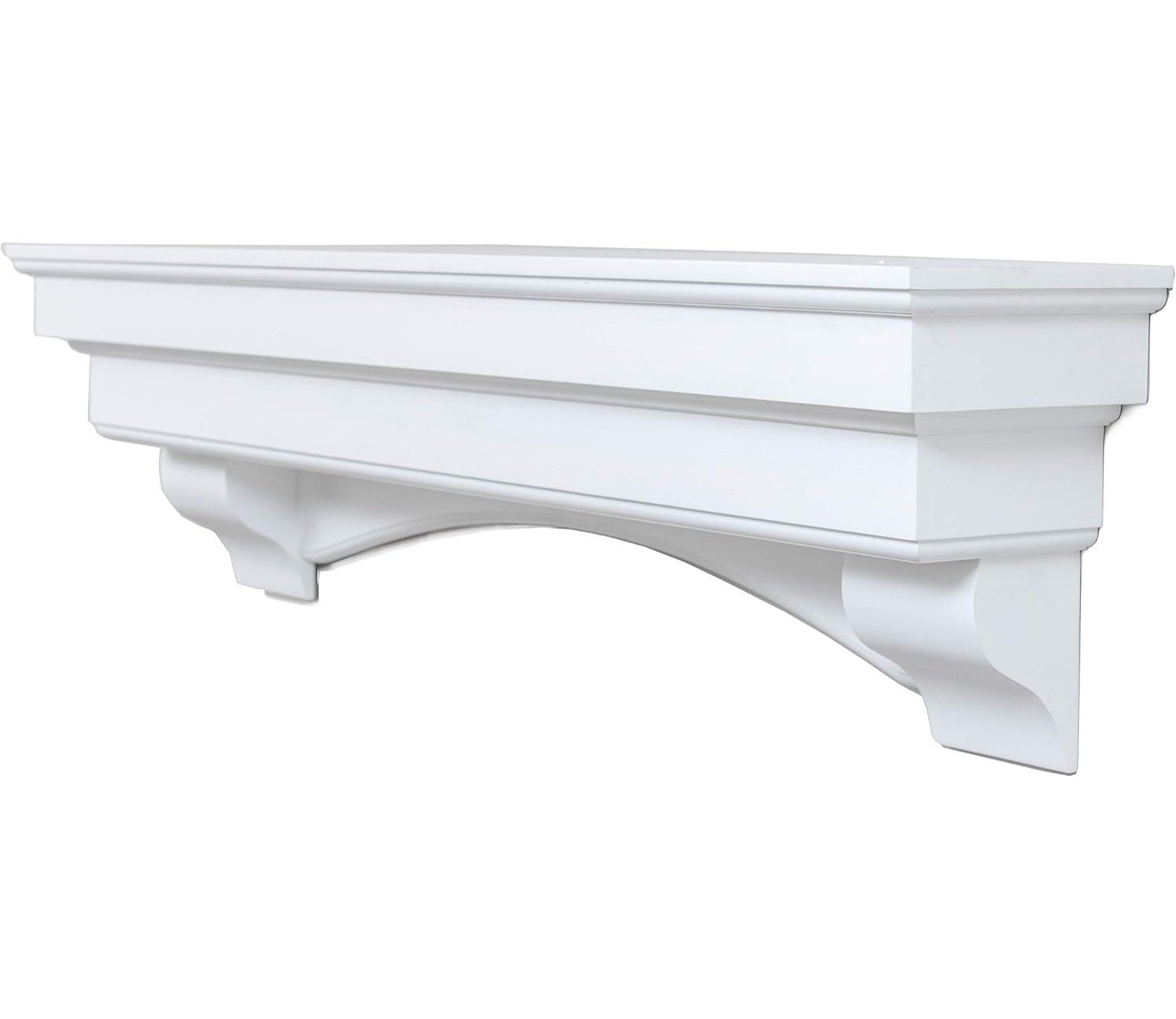
Shelves
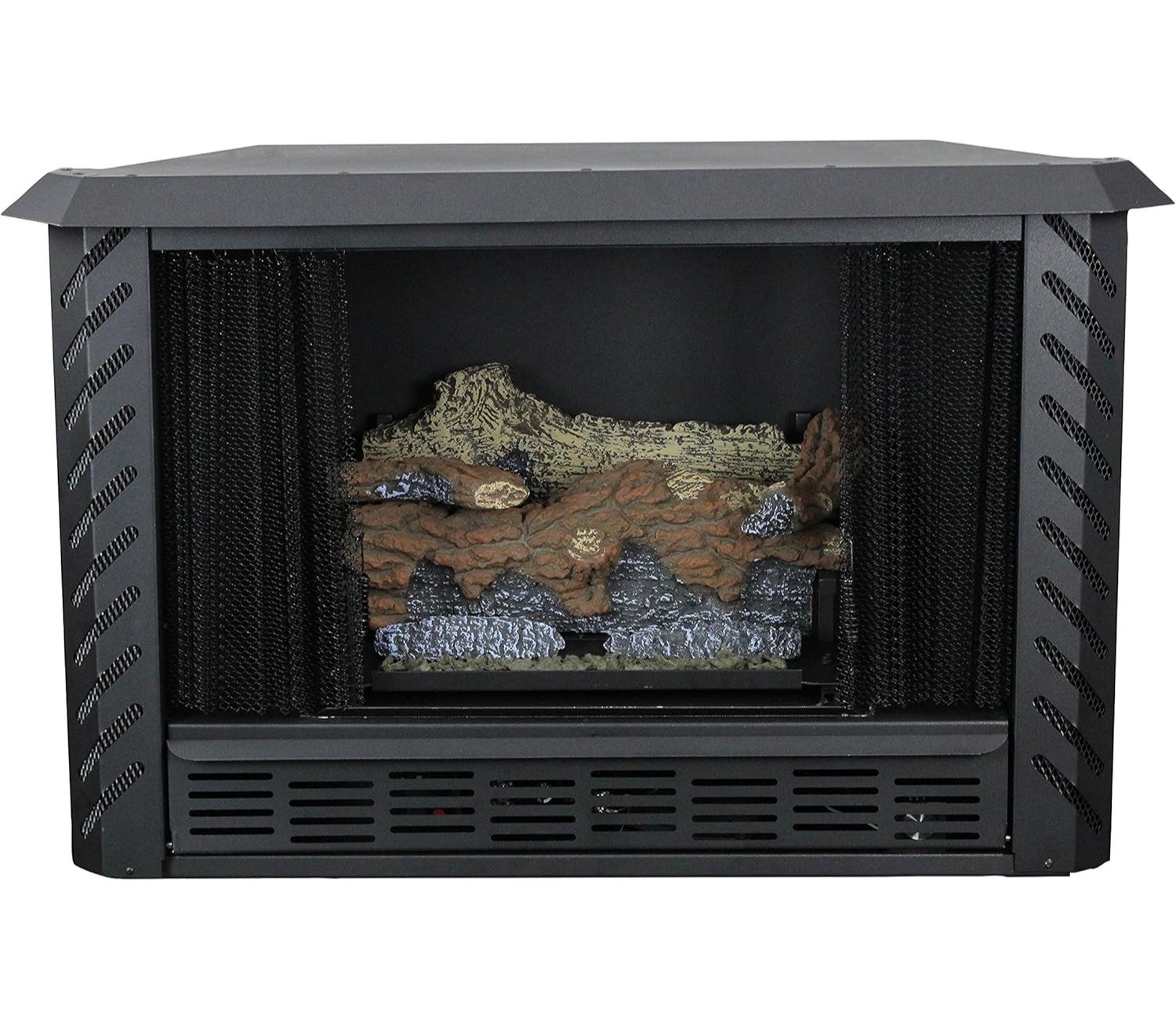
Gas Fireboxes
Complete Your Fireplace Setup
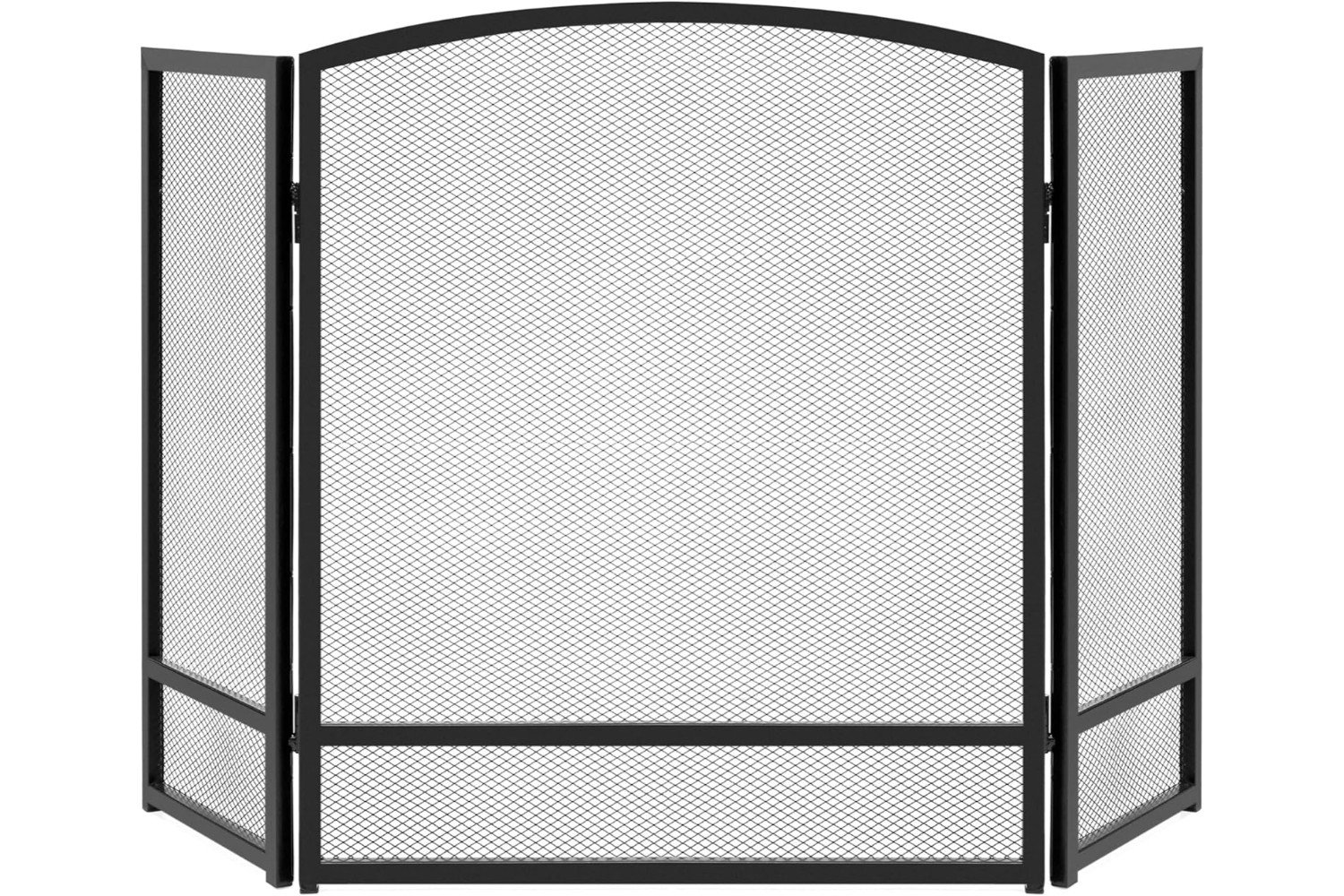
Protective Grates
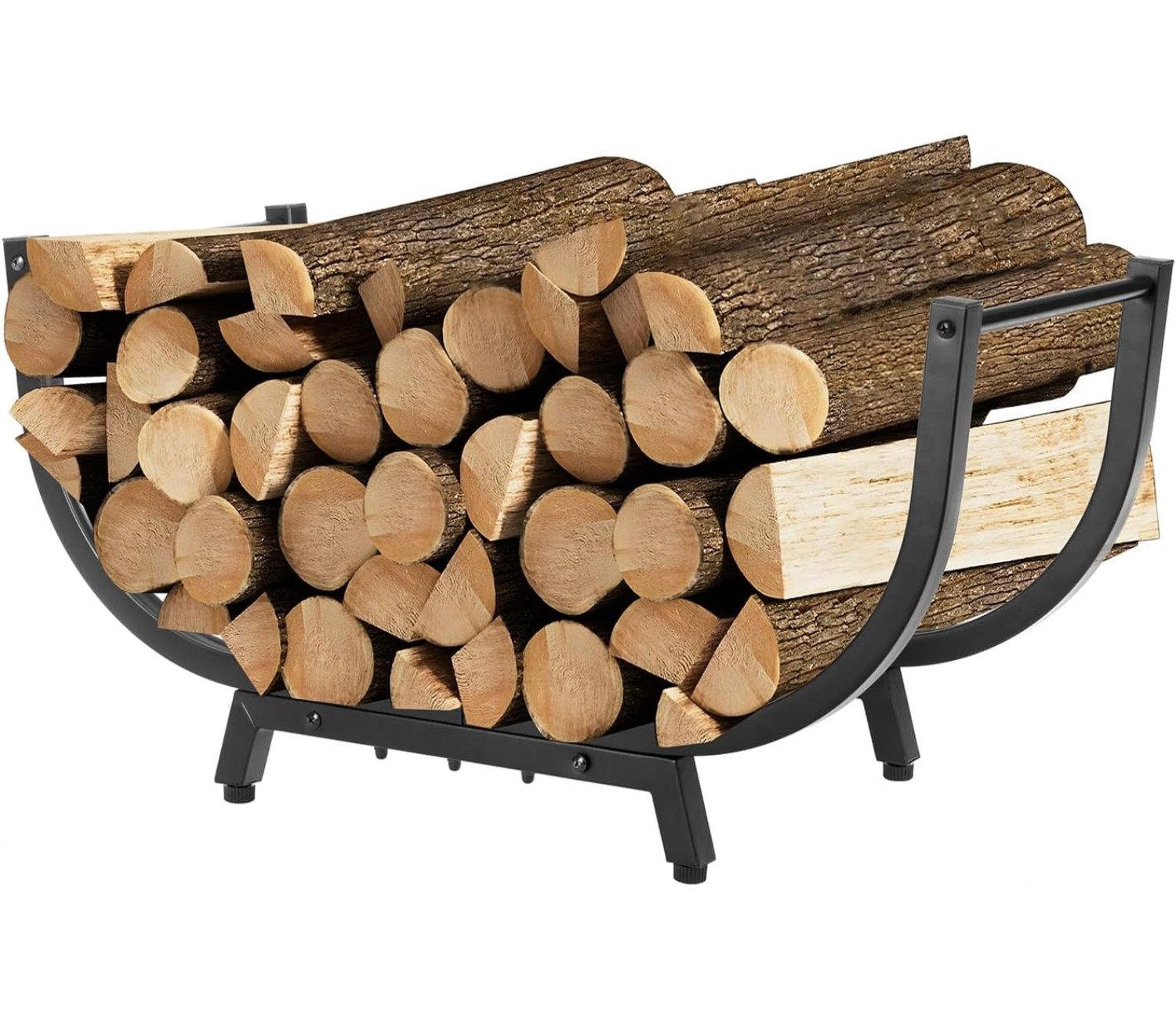
Stands for wood
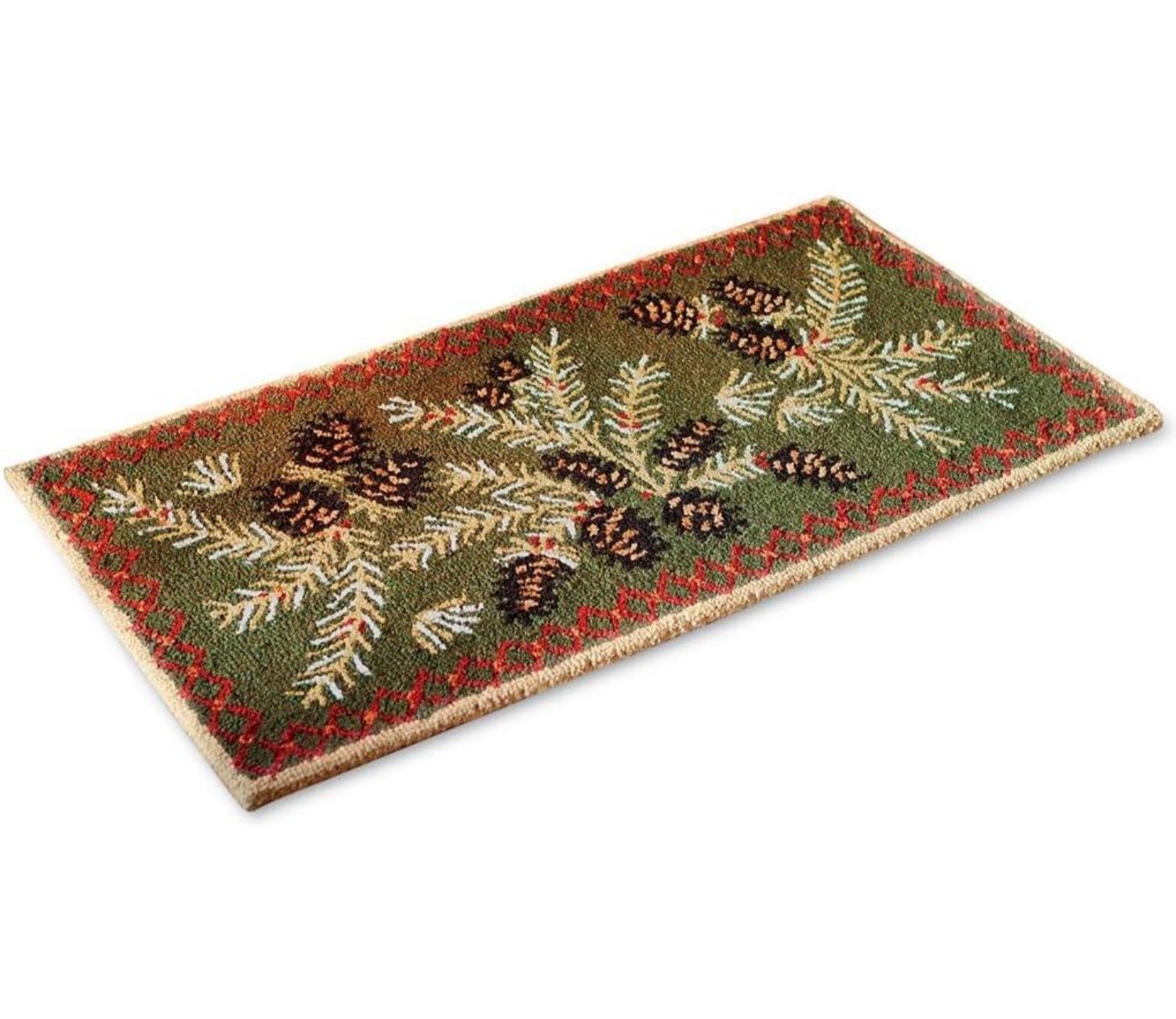
Fireplace mats
Real Stories from Customers
“After three winters with our Ashley 2400, I can honestly say it heats our entire 1,800 sq ft home even when the power goes out. The craftsmanship shows – not a single issue yet.”
Margaret K.
Customer
“Installation was straightforward and the burn time is incredible. I load it up before bed and still have glowing coals in the morning. Worth every penny for the efficiency alone.”
David R.
Customer
“The steel construction feels solid and the heat output is exactly what they promised. Our living room went from the coldest room in the house to where everyone gathers now.”
Robert T.
Customer
Common Questions
Most units require at least 36 inches of clearance from combustible walls and materials. The hearth pad should extend 16-18 inches in front of the door and 8 inches on each side. Local building codes may have specific requirements, so checking with local authorities before installation is always recommended.
Hardwoods like oak, maple, and ash provide the longest burn times and most heat output. The wood should be seasoned for at least six months with moisture content below 20%. Softwoods like pine burn faster and create more creosote buildup, so they’re better for kindling than primary fuel.
Chimney inspection should happen at least once per year, typically before the burning season starts. Cleaning frequency depends on usage – heavy use might require cleaning 2-3 times per season, while moderate use typically needs once yearly. Creosote buildup of 1/4 inch or more indicates cleaning is needed.
Small units generally heat 800-1,200 square feet, medium units cover 1,500-2,000 square feet, and large units can heat 2,000-3,000 square feet. Actual coverage depends on home insulation, ceiling height, floor plan layout, and climate conditions.
Yes, installation is possible using a prefabricated chimney system that vents through the roof or an exterior wall. These systems include insulated stainless steel pipes that meet safety standards. Professional installation ensures proper draft and compliance with local codes.
Daily tasks include removing ashes when they’re 1-2 inches deep and checking door gaskets for tight seals. Monthly cleaning of glass doors with appropriate cleaner keeps visibility clear. Annual professional inspection covers the chimney, firebrick condition, and all mechanical components to ensure safe operation.

